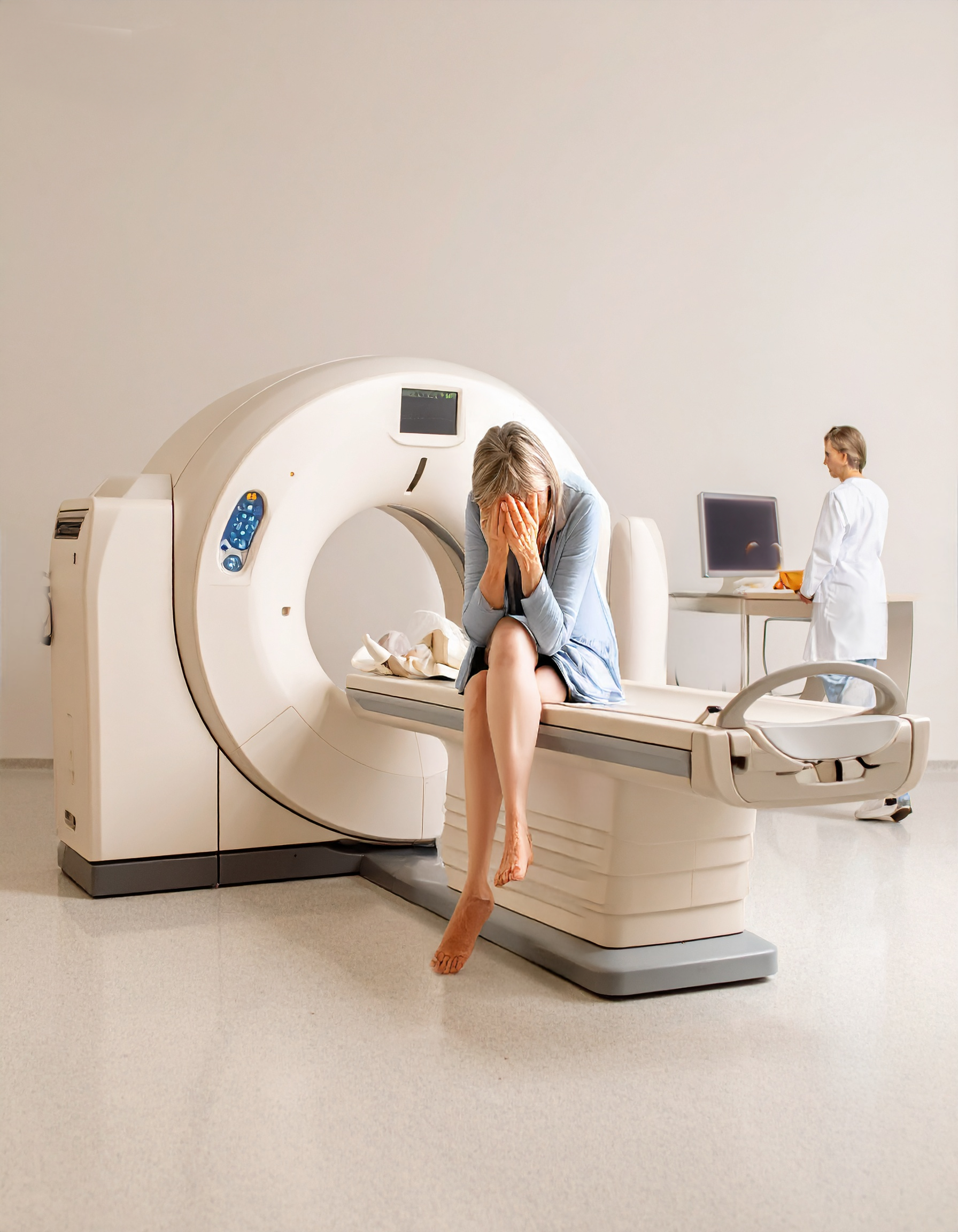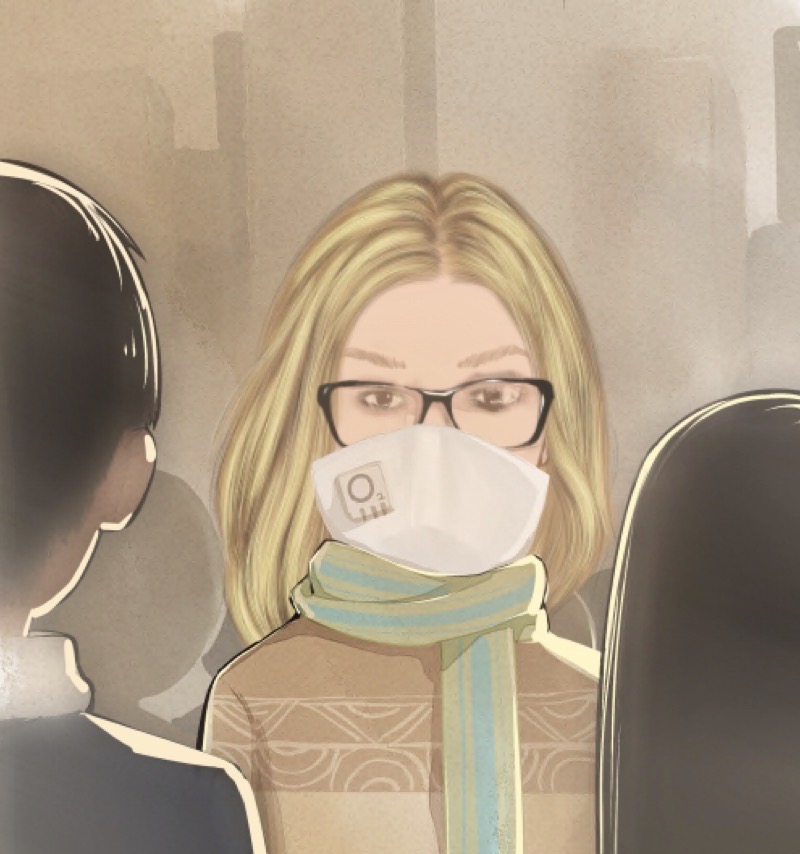
- © 2025 kiraluna.com Contact Me 0

Living with C.A.R.P.A involves managing a variety of serious symptoms that impact multiple organ systems.
Understanding that CARPA's mechanism differs from a true allergy is crucial for accurate diagnosis and treatment.
CARPA is an unpredictable and complex condition that requires careful attention and ongoing management to ensure patient safety.
Understanding Complement Activation-Related Pseudoallergy -C.A.R.P.A.

Kiraluna